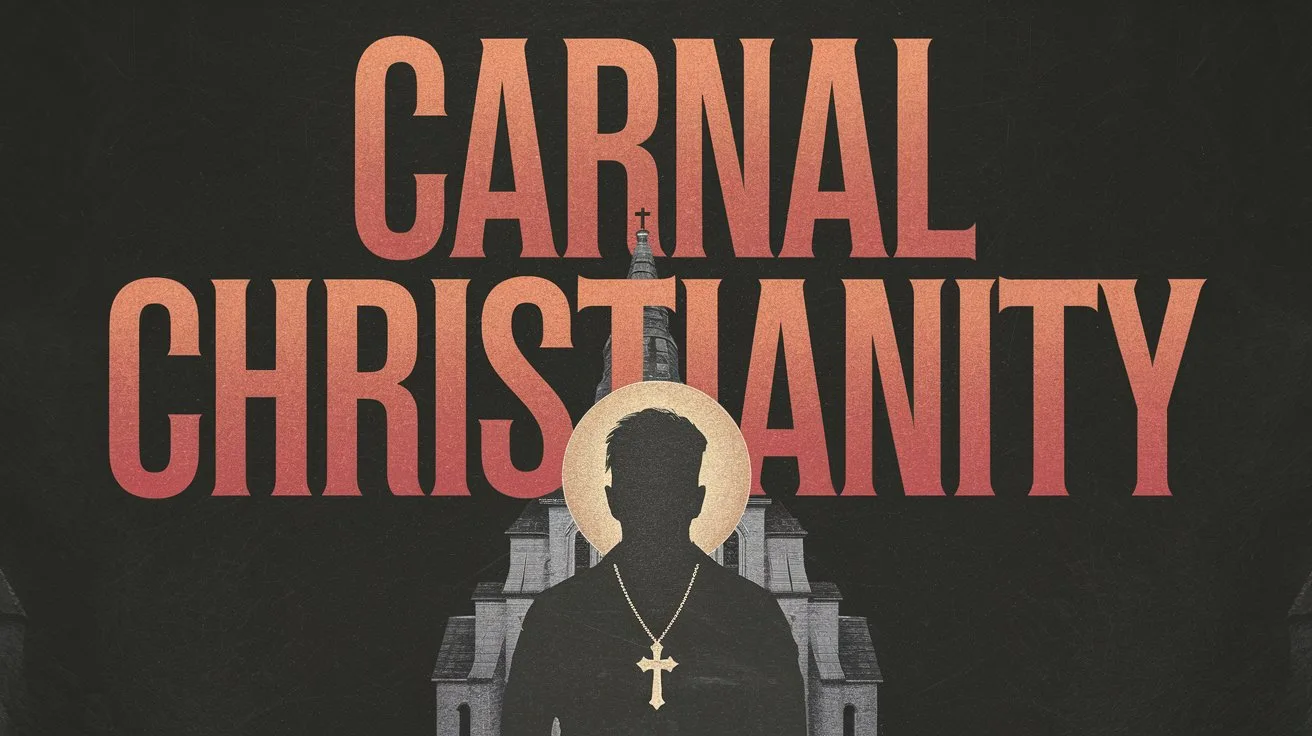Grain offerings, also called meat offerings in the KJV (though they contained no meat), were offerings of flour, oil, and frankincense made to the Lord as a tribute and expression of thanksgiving, devotion, and worship. They are detailed in Leviticus 2 and were often given alongside burnt and peace offerings.
Leviticus 2:1 describes the basic elements:
“When anyone offers a grain offering to the Lord, his offering shall be of fine flour. And he shall pour oil on it, and put frankincense on it.”
The offering could be presented uncooked or baked in various forms: loaves, cakes, or wafers. A portion was burned on the altar as a memorial to the Lord, and the rest was given to the priests (Leviticus 2:2–3). It was considered most holy. Key elements of the grain offering were:
Fine flour: Symbolized purity and the fruit of labor.
Oil: Represented the Holy Spirit or consecration.
Frankincense: Symbolized prayer and worship.
No leaven or honey: These were forbidden because leaven symbolized sin and corruption (Leviticus 2:11).
Salt: Required in all offerings, symbolizing covenant faithfulness (Leviticus 2:13).
The grain offering was a way for the people to honor God with the work of their hands and acknowledge His provision. It was not for atonement like the burnt or sin offerings, but an expression of gratitude and dedication.
Ultimately, it pointed to Christ as the Bread of Life (John 6:35) and the perfect offering of His body. Just as the grain offering was pure and without leaven, so was Christ sinless and fully consecrated to the Father.
Grain offerings remind us that our daily work, provision, and worship belong to God. They teach us to give the best of what we have, with reverence and gratitude.







